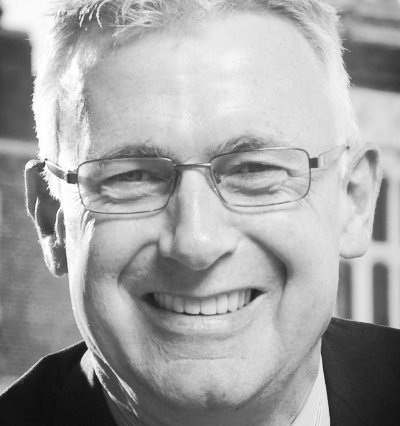All successful organisations operate under a clear and singular purpose which underpins every activity and pulls a workforce together under a well-defined common cause.
At Historic Royal Palaces, that purpose is omnipresent . . . on letterheads and business cards, online and printed documentation. Every time Michael Day addresses an audience – and he’s much in demand at cultural leadership programmes around the world – he opens with: ‘HRP helps everyone explore the story of how monarchs and people have shaped society, in some of the greatest palaces ever built’.
“It anchors absolutely everything we do,” he says. “We have to ensure everyone takes it on board to the extent it runs through them like letters in a stick of rock.
“Before I arrived 13 years ago, the purpose of the charity was articulated around the buildings, collections and conservation, which was important work but a little vague,” he adds. “It was the body that looked after unoccupied royal palaces on behalf of the government.
“Our real audience focus and selling point is, of course, the great stories which are distinct to us.”


